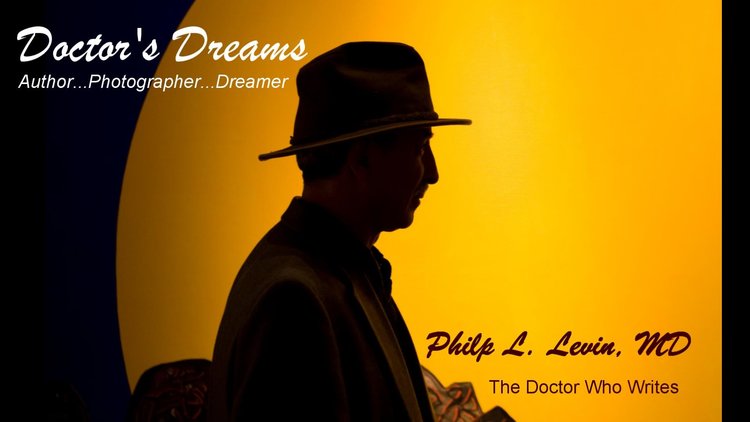When COVID arrived in Mississippi in March of 2020, I was working as an Emergency Room Doctor at Memorial Hospital of Gulfport. I’d been there seventeen years, topping off forty-two as an E.R. doctor.
As COVID hit, the E.R. staff developed protocols of isolation rooms for the patients and yellow protection gowns with masks and hoodies for the health care workers. Even so, several of our staff caught the virus, although I believe none died. Perhaps the administration decided it was too risky to keep a 67-year-old doctor exposed, so they retired me.
I landed in the MHG clinics, still seeing COVID patients, and when Delta roared, I staffed the drive-through clinics as well. For a year and a half this infection has waxed and waned, and I’ve been in the midst of treating it. As far as I know, I never caught the virus.
Now Omicron is our bugaboo. As it’s raced through our city, our health care providers have been succumbing. Since the new year, I’ve heard of at least four doctors and five nurse practitioners catching the virus. This meant I’ve had to work extra hours, and the last pay period I put in 72 hours at the walk-in clinics, mostly seeing COVID patients.
This month the volume of patients increased so much, the administration considered reopening the drive-through lines. Two weeks ago, we were seeing 90 patients a day at the clinic I worked, and over 600 patients throughout the system. I am conscientious about wearing my mask, I’ve had my vaccines and booster, and thought I’d be safe.
However, Omicron is extremely contagious. Saturday night, the 15th, after working in one of the clinics that day, I had the most peculiar reaction. I’ve heard of COVID causing brain issues, mostly dizziness and foggy thoughts, but for me, I had weird delusions. Fortunately, my son talked me down and by the next morning that issue was resolved.
Sunday morning, I developed typical COVID symptoms, runny nose, scratchy throat, headache, muscle aches, and chills. Some get nausea or diarrhea, although I didn’t. Mainly, I had fatigue. I slept most of the next two days. By Tuesday I was almost back to normal, still tiring easily, and by Friday I was back at work. I’ve noted sore throat and sinus congestion are the most common symptoms. Rapid heart rate is a common sign.
For most people, there’s no specific treatment. Antibiotics are totally ineffective. Tylenol seems to help a lot. Vitamins and zinc are probably useful for your health, but there’s no evidence they have any effect on COVID. There’s only one brand of monoclonal antibody that targets COVID, and it’s in such short supply we’re limiting it to those in most need, elderly, immunosuppressed, or multiple co-morbidities, such as diabetes or COPD. There’s a new pill, but it has so many side effects it’s probably a treatment of last resort.
Most people feel lousy, like having the flu, but don’t look as bad as they feel. The newest CDC guidelines suggest isolation for only five to six days. The current rapid test we’re using is great when it comes back positive, but in my experience and several of the other clinicians, it has a very high false negative rate, like close to 50%. This means that half the time the test comes back negative, the person does have the virus. We have a new option on our forms that says “presumably positive” that I check off on these patients. For example, I had a family with a mother and three children, all with typical COVID symptoms of three-day duration, but only one of their tests came back positive. I’m certain they all had COVID. The send-off test, PCR, is much more accurate, although it takes anywhere from one to four days to return.
The Omicron virus seems to have peaked, and now on its downhill road. The clinics are seeing only half the number of patients of only two weeks ago. Today I saw only twenty patients in my nine-hour clinic shift, all but two with COVID. It’s still around, so, please, wear your mask.
